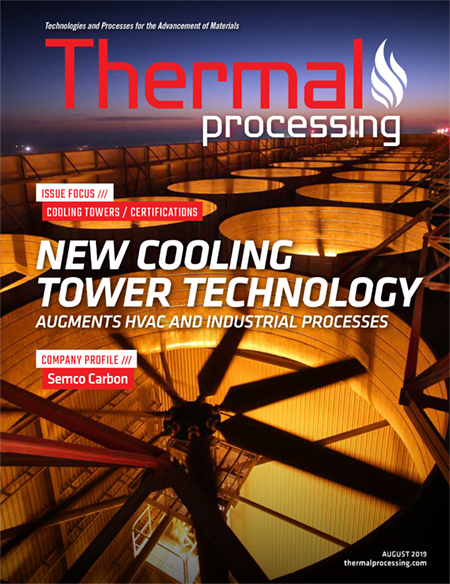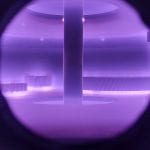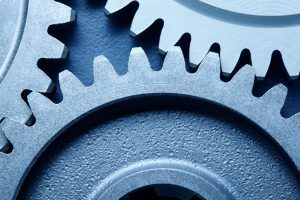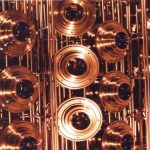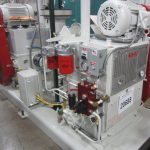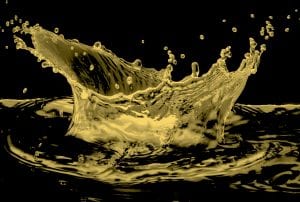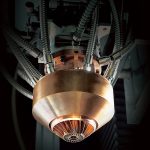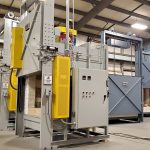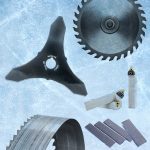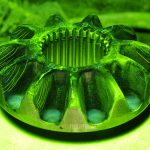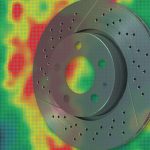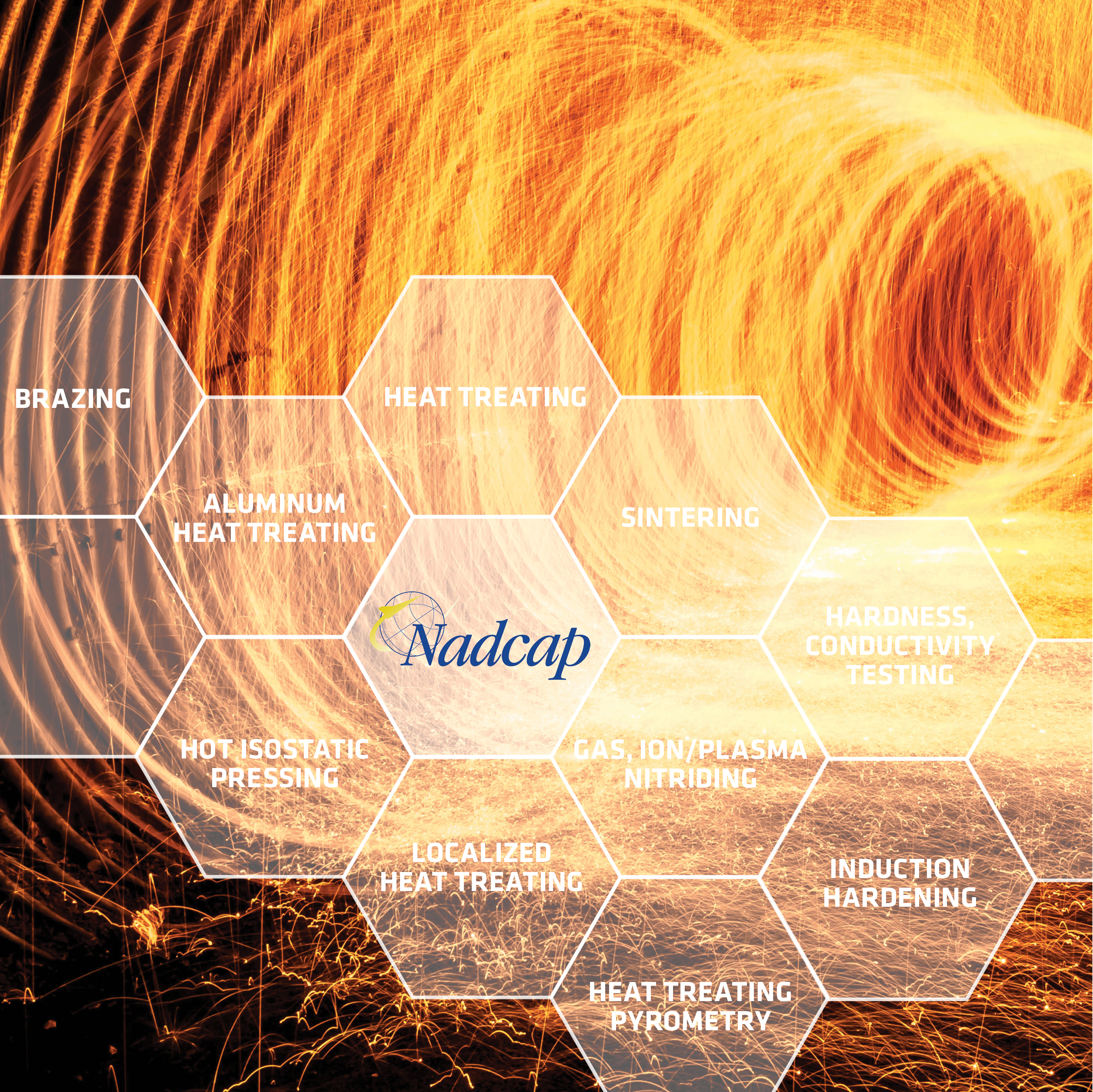 To add value to the aerospace suppliers who participate in Nadcap, there is an ongoing effort to do more to assist them in successfully passing Nadcap audits efficiently.
To add value to the aerospace suppliers who participate in Nadcap, there is an ongoing effort to do more to assist them in successfully passing Nadcap audits efficiently.
The Nadcap Heat Treatment Task Group, led by Cyril Vernault of Safran Group, has been active in this area, developing tools and holding technical workshops for companies who are considering having a Nadcap audit or wanting to improve their audit performance. Publishing detailed Nadcap audit preparation guidance is just one of the ways the Heat Treatment Task Group offers assistance. A selection of their top tips for Nadcap heat treatment audit success is described below.
Perform a Self-Audit Prior to Nadcap Audit
A recommended timeframe for pre-audit activity is provided. Central to that activity is downloading the Nadcap checklists and using them to perform a self-audit. Register on eAuditNet (www.eAuditNet.com) and contact PRI or your company eAuditNet administrator for access to the Nadcap checklists to assist in your preparation.
The Heat Treating Task Group conducts audits to the following audit criteria:
- AC7102: Heat Treating.
- AC7102/1: Brazing.
- AC7102/2: Aluminum Heat Treating.
- AC7102/3: Carburizing.
- AC7102/4: Gas and/or Ion/Plasma Nitriding.
- AC7102/5: Hardness and/or Conductivity Testing for Heat Treating.
- AC7102/6: Hot Isostatic Pressing (HIP).
- AC7102/7: Induction Hardening.
- AC7102/8: Heat Treating Pyrometry.
- AC7102/9: Sintering.
- AC7102/10: Localized Heat Treating.
Use the applicable checklists to conduct a pre-audit and address all non-conformances found using your documented corrective action system.
It is required that the self-audit is sent to the auditor at least 30 days prior to the audit to comply with AC7102, which requires that the supplier shall record each procedure, paragraph, and page number for each checklist question.
As part of your pre-audit activity, prepare and provide the following to the Nadcap auditor to facilitate his/her preparation for the site visit (also per AC7102):
- List of equipment.
- List of purchased services.
- List of quality personnel and approved heat-treating personnel on each shift.
- List of prime customers and specifications.
- List of heat treat specifications that supplier is working to.
- Copy of internal general procedures for heat-treat processing, pyrometry, and testing/inspection of heat-treated product.
- Organization chart.
- Personnel training.
Personnel Training
Ensure that you have a documented personnel training program that refers to everyone with heat-treating related responsibilities. An inadequate personnel training program creates uncertainty about the proficiency of the personnel processing the parts. Non-conformances may be written where a program does not include detailed reference to the following elements:
- Documented training to an established outline.
- Knowledge and experience.
- Initial and periodic evaluation of the competency.
- Exam, observation, interview, audit.
- Cleaning.
Cleaning
Cleaning prior to the heat treatment of parts is critical to process integrity, so during the audit, make sure all surfaces are clean and the parts are racked to allow access to all surfaces. The post-cleaning activity is just as important. Train your operators not to touch the parts after cleaning and that they know how to transport them. Finger marks can destroy properties, so they must use clean gloves and take all necessary steps to protect the parts from factory dust and grit.
Process Control
You must be able to demonstrate that you have reviewed the process control requirements for each of your customers and that you have an internal procedure and “system” that documents compliance. Identify other testing and controls required by specifications such as:
- Pyrometric Testing.
- Lotly or Periodic Tensile Testing.
- Periodic Metallurgical Testing (e.g. IGO/IGA Testing, Eutectic Melting, Cladding Diffusion, High Temperature Oxidation, etc.).
- Decarburization/Surface Contamination Testing.
- Leak Up Rate Testing.
- Hydrogen Pick Up Testing.
- First Lot Forging Qualification Testing.
If your audit scope includes hardness, complete the AC7102/5 checklist as part of your pre-audit, unless your company already holds Nadcap accreditation for AC7101/5: Hardness Testing (Macro) as part of a Nadcap Materials Testing accreditation.
Other testing that may apply are specified in AC7101/3: Mechanical Testing (RT Tensile) and AC7101/4: Metallography and Micro-indentation hardness:
- Metallography / Microhardness.
- Surface Contamination of Steels (IGA/IGO, decarburization).
- Titanium Testing (Alpha case and Hydrogen pickup).
Refrigeration of Steels
The AC7102 checklist asks whether procedures cover sub-ambient/sub-zero cooling according to the customer requirements, or in absence of customer requirements, whether the supplier has a default procedure.
To ensure compliance to the requirement, companies must have procedures that specify timings, temperatures, and tolerances and include requirements for sub-ambient (PH steels requiring ˂30°C or ˂ 20°C)
There must also be records to evidence time from quench (if required) and time and temperature achieved.
Sampling Plans
It is expected that all heat-treating sampling plans contain a method for the inspector to determine the quantity of product to check in the lot and a specified frequency and method of sampling. This reduces the opportunity for individual interpretation and improves control through consistency.
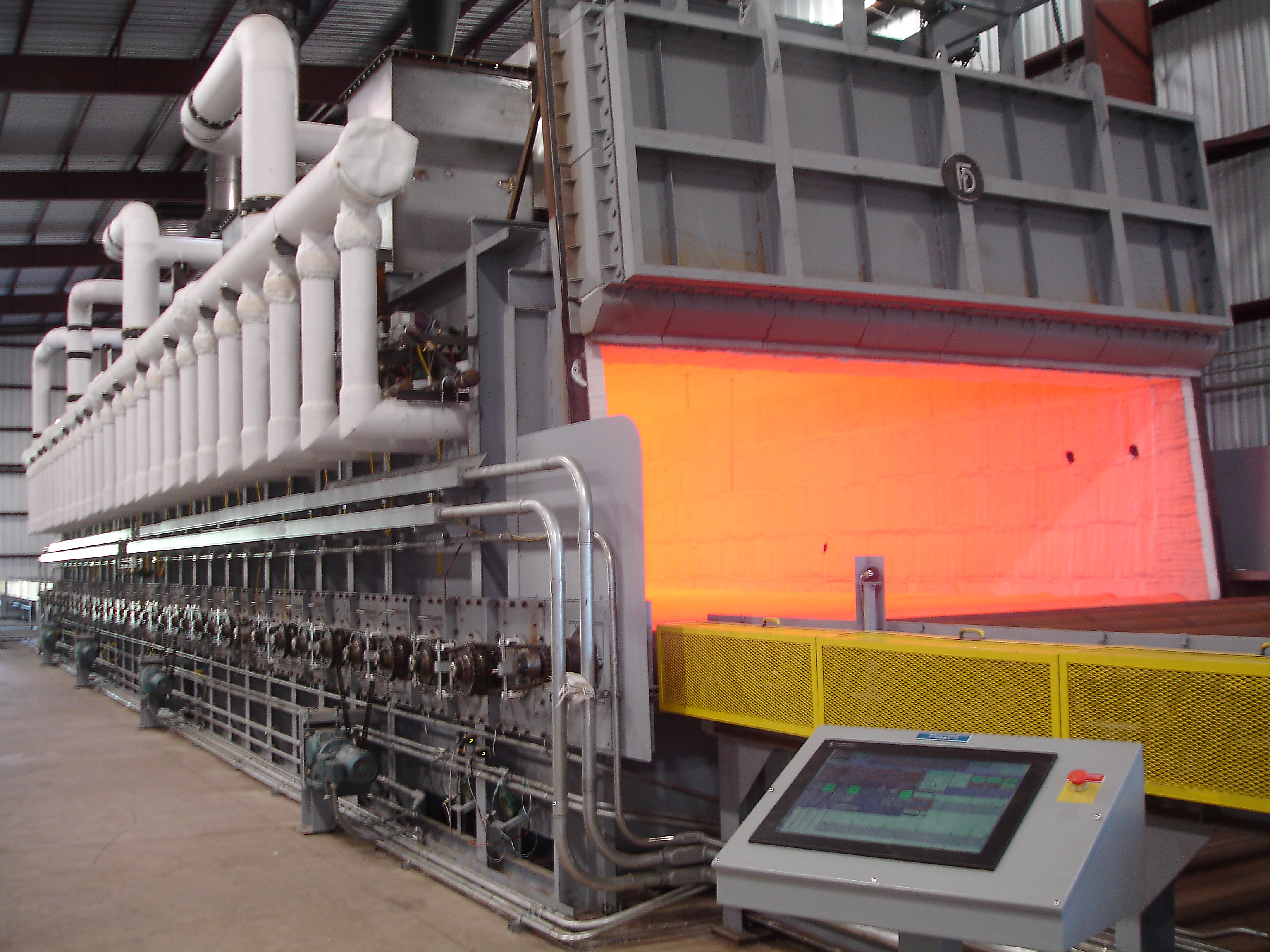 Furnace Control and Maintenance
Furnace Control and Maintenance
Per AC7102, the internal procedure is expected to specify the method for determining heat-up rate, start of soaking time, end of soaking time, and cooling rate.
Relevant procedures and instructions must be available at the work place and include methods or definitions of heat-up and cooling rates, start and end of soak, as well as atmosphere, quench delay, and quench residence times.
Start of Soak
There are many different definitions of start of soak. The Nadcap auditor will be looking for your company to have rules regarding start of soak and for your rules to conform to the specifications, so make sure that you are familiar with them.
Quench
The quench system is the subject of many questions in the Nadcap heat-treating audit. There are three main liquid quenchants:
- Water.
- Water polymer mixes.
- Oil.
However, liquid nitrogen has also been used and witnessed during Nadcap audits. Forced air or gas may also be used as quenchants, although the system in place is typically an immersion system, but spray systems are also an option. Most specifications define the acceptable quench temperature range, with the maximum temperature typically expected to be ≤32°C/90°F at the beginning of the quench process.
The AC7102 checklist asks whether the quench mechanisms are operational and capable of meeting the maximum quench delay provisions of the specifications.
To avoid non-conformances that are commonly written against this question, make sure the quench tank will be ready before you load the furnace, as this prevents avoidable delays and their potential repercussions. it is also important that the bath temperature is recorded before the material touches the liquid and, normally, the maximum temperature during the quench process.
Quenchant maintenance is also key, with the checklist clarifying whether the quenchant agitation and/or agitation of the product during quenching conforms to the applicable specifications.
Racks, Fixtures, and Baskets
AC7102 asks whether the internal procedure require that the racks/fixtures/baskets are examined for integrity and repaired or scrapped as necessary.
The location in the furnace of the racks/fixtures/baskets is integral to this. There are many ways to define this. Using jigs and location guides such as track guides on the floor, stops inside the furnace, standard racks, etc. is one approach; another is to use marks on the furnace itself to show the maximum extent of any load.
Plating
If your company carries out plating, as far as the Nadcap heat treating audit is concerned, plating is limited to the plating operations for successful heat treatment or brazing.
Any reference to plating in your Nadcap heat-treatment audit is not intended to replace plating for finishing purposes, as controlled by the Nadcap Chemical Processing Task Group. If your company already has a Nadcap chemical processing accreditation that includes both plating and stripping, responses to the applicable questions should be considered as “yes” unless otherwise noted as part of a finding during the Nadcap heat treatment audit.
Pyrometry
There is a whole section in the Nadcap heat-treatment checklist dedicated solely to pyrometry testing. AMS 2750 is the source for much of the material and is considered the leading industry specification in this area.
To ensure the general requirement is satisfied, the Nadcap auditor will ask whether you have an internal procedure for pyrometry, addressing all the aspects of AMS 2750E and other customer specifications as applicable to your operations.
But the questions go into much more detail on all aspects of pyrometry, including:
- Thermocouples.
- Testing instrumentation types.
- Calibration.
- Process recorders/electronic data collection.
- Furnace classes.
- System accuracy tests (SAT).
- Temperature uniformity surveys (TUS).
- Load conditions.
- Offsetting Thermocouple Example.
To illustrate the depth the Nadcap audit goes into, take thermocouples as an example. Addressed in the AC7102 checklist, there are questions such as:
- Are the thermocouples being calibrated throughout the range in which they are to be used?
- Are procedures in place to ensure that the base metal thermocouples are only recalibrated when allowed by the AMS 2750E?
- Are procedures in place to ensure that the base metal thermocouples are only reused when allowed by the AMS 2750E?
Note how the questions are very specific, and bear this in mind during your audit preparation.
For clarity, base metal thermocouples are defined as those thermocouple sensors other than noble metal types B, R, and S. It does, however, include types E, J, K, N, and T.
To further highlight the depth of the audit, the Nadcap auditor will also want to know whether you are in compliance with AMS 2750E paragraphs 3.1.5.2 and 3.1.5.3, or more stringent customer requirements, for the life usage of expendable and nonexpendable base metal load thermocouples.
He/she will also want to ensure there are procedures in place governing the requirement that thermocouples made from rolls of thermocouple wire are not used when the difference in end-to-end (front-to-back) correction factors at any test temperature exceed AMS 2750E or more stringent customer requirements (1°F or 0.6°C for primary and secondary standards; 2°F or 1.1°C for all other uses including TUS).













